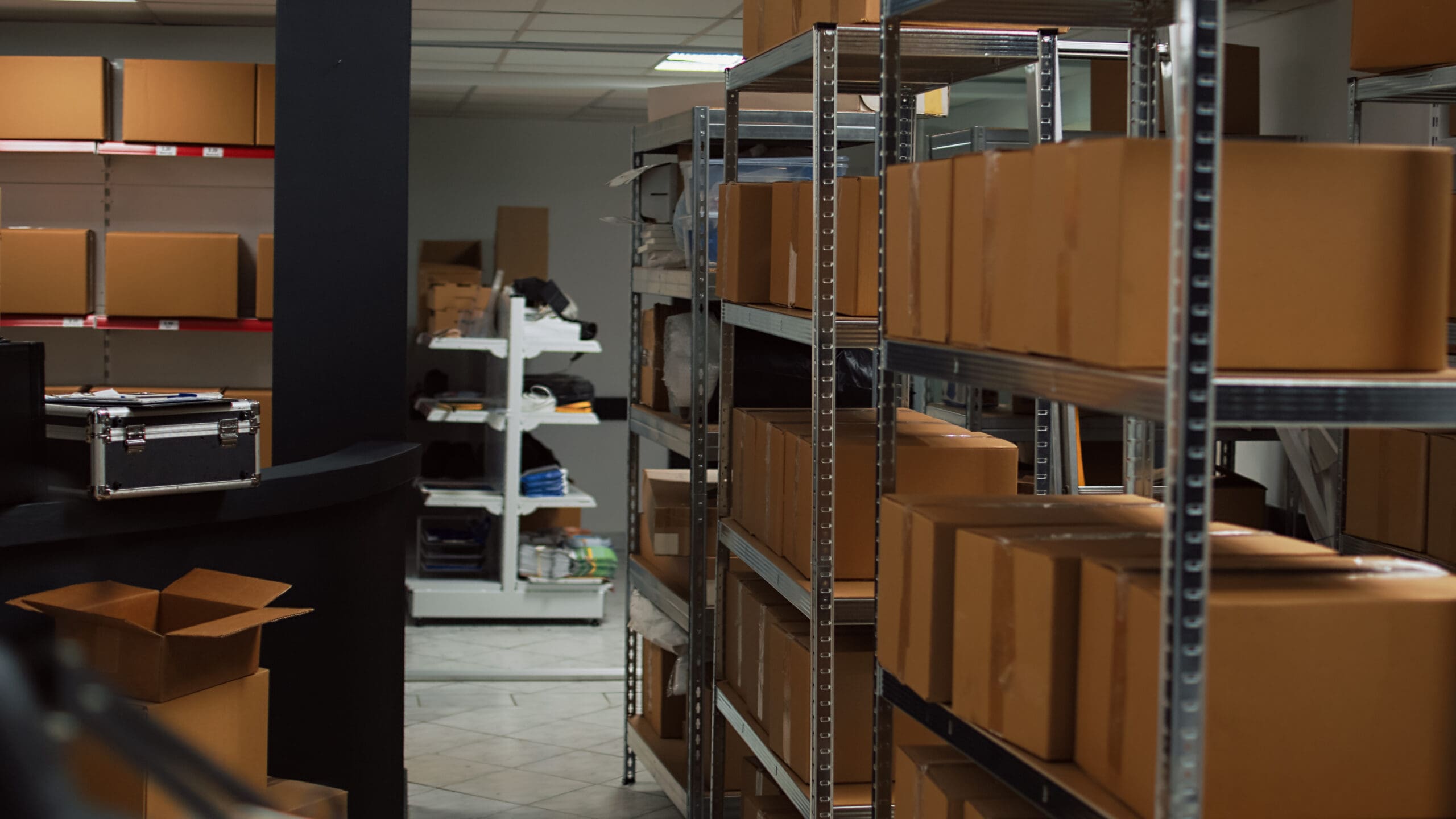It’s common knowledge that product-based businesses rely on inventory to generate revenue and meet customer demand. Regardless of a business’s size, keeping a close eye on your inventory enables you to fulfill client orders quickly and accurately. However, one thing to keep in mind is that inventory is rarely static. To successfully grow your business, you need to analyze and monitor inventory data and leverage it to make informed business decisions.
This is where inventory reports come in.
Maintaining precise knowledge of your inventory performance is key to helping your business grow, expand, and reach new heights. Through the use of inventory reports, you can have a holistic view of your operations and allow you to optimize your inventory levels where it can sufficiently meet demand without the risk of overstocking or stockouts. But before we dive deeper, let’s talk about inventory.
What is inventory?
Simply put, inventory refers to the products that a company plans to sell for profit. Inventory encompasses items that you have bought for resale as well as the raw materials you need to produce your goods. There are three main types of inventory: raw materials, work-in-progress, and finished goods.
- Raw Materials – Raw materials are the items that a business needs in order to create its products. For instance, a business that sells footwear sources textiles, rubber, leather, synthetics, as well as dyes to be able to produce quality shoes.
- Work-In-Progress (WIP) – Work-in-Progress items are partly-finished materials that are currently undergoing conversion into finished goods. More often than not, you can see these materials on the production floor where they are being assembled. For accounting purposes, WIP inventory also includes all the costs related to the production of goods such as raw materials, overhead, and labor.
- Finished goods – As you may have guessed, finished goods are products that have completed production. These products have been sourced as raw materials and converted into finished goods that are ready to be sold. Typically, retailers consider finished goods as merchandise.
What is an inventory report?
Now that we got that out of the way, what exactly is an inventory report? An inventory report can be described as a comprehensive summary of a business’s existing stock. It helps businesses manage inventory, track its movement, and mitigate the risk of stockouts or overstocking. Essentially, an inventory report provides value to a company by giving insight on top-performing products as well as slow-moving ones.
Do inventory reports improve inventory management?
Excellent inventory reports include timely and relevant information that aids businesses in their inventory management practices. From better inventory accuracy to greater insights into stock control, inventory reporting ensures that businesses have the ability to make more profitable business decisions. Fortunately, there are several types of inventory management reports that businesses can use in order to help them increase efficiency and reduce costs. Check out some of them below!
What are the different inventory report types?
Reports provide useful insights for better inventory management especially in aspects such as inventory levels, spending, profits, and growth opportunities. Here are some of the most common types of inventory management reports:
1.) Inventory performance report
Put simply, an inventory report serves as an overview of a company’s inventory performance. It makes it easier for companies to gain insight into how profitable their products are while also ensuring that their stock is at an optimal level. An inventory report should also shed light on significant performance metrics regarding sales, operations, as well as storage and logistics.
2.) Inventory value report
An inventory value report, used mainly for inventory valuation, is a document that details the costs associated with inventory such as acquiring, transporting, and holding inventory. This type of inventory management report allows businesses to understand the cost of goods and evaluate the value of their goods accordingly to make sure that inventory remains profitable.
3.) Inventory profitability report
As the name implies, an inventory profitability report tracks inventory performance by looking at gross margins for a specified period. An inventory profitability report enables companies to determine worst-performing stock and make room for higher-performing items.
4.) Inventory forecasting
Inventory forecasting is a great way for businesses to analyze past data and observe current trends to predict the amount of inventory to hold in the future. This type of inventory report empowers businesses to make informed inventory decisions and prepare them for busy shopping seasons. Most inventory forecasting methods involve the use of historical data, past sales trends, and expert opinion from industry experts.
5.) Stock level report
In inventory management, a stock level report shows the current stock level of all products in all storage facilities. A stock level report is useful when it comes to monitoring your reorder point and identifying the right quantity to reorder from your suppliers.
6.) Stock reorder report
Stock reorder reports are one of the most useful reports that businesses can use when managing their inventory. Essentially, reorder reports tell businesses when the best time is to restock their inventory based on past data. Determining your ideal reorder point is crucial to save holding costs and prevent lost sales.
7.) Sales report
Using sales reports is a great way to gain a better understanding of your cash balances and overall sales performance. This type of inventory report assists businesses in analyzing their sales activities through the use of various key performance indicators (KPIs). Sales reports may also uncover trends that may supplement your inventory forecasting methods.
What are the benefits of inventory reporting?
Perhaps the most obvious benefit of inventory reporting is that it fosters proper inventory management. It ensures that businesses have enough goods to be able to meet demand without creating excess inventory. Some of the other benefits of inventory reporting include:
- More accurate inventory planning – Having an inventory reporting method in place prepares businesses in managing customer expectations through more accurate inventory planning. As a business’ most expensive asset, inventory reporting aids businesses in differentiating slow-moving products from the best-performing ones.
- Better inventory tracking – Inventory reporting equips businesses with the necessary information to improve customer satisfaction. Through the use of data, businesses can improve the accuracy of inventory orders and avoid unnecessary costs. It also helps you figure out exactly how much stock you have at any given moment and determine the optimum time when to reorder goods. Inventory reporting also prevents product shortages and allows you to keep the right amount of items in your storage facility.
- Improved financial planning – An inventory report should provide businesses with precise data to forecast the necessary capital needed to reinvest in inventory. Leaving inventory management to guesswork may put your business at risk due to inaccurate financial planning.
Ultimately, inventory reporting makes it easier for businesses to manage inventory more effectively and efficiently. Tracking stock regularly enables businesses to hold a sufficient amount of goods to be able to meet customer demand. Without inventory reporting, it is highly likely for your business to incur higher holding costs and miss out on sales opportunities.
Key Takeaway
Inventory management and reporting are crucial to a business’s success. Knowing which inventory reports to use and understanding their importance lets you track the performance of your products and mitigate the risks associated with holding too much or too little inventory. If your business is experiencing an increase in demand, an inventory report empowers you to fulfill customer orders regardless of your supply chain circumstances.
About Kickfurther
Kickfurther is the world’s first online inventory financing platform that enables companies to access funds that they are unable to acquire through traditional sources. We connect brands to a community of eager buyers who help fund a business’ inventory on consignment and give brands the flexibility to pay that back as they receive cash from their sales. This alleviates the cash-flow pinch that lenders can cause without customized repayment schedules, allowing your brand to scale quickly without impeding your ability to maintain inventory or financial flexibility.









